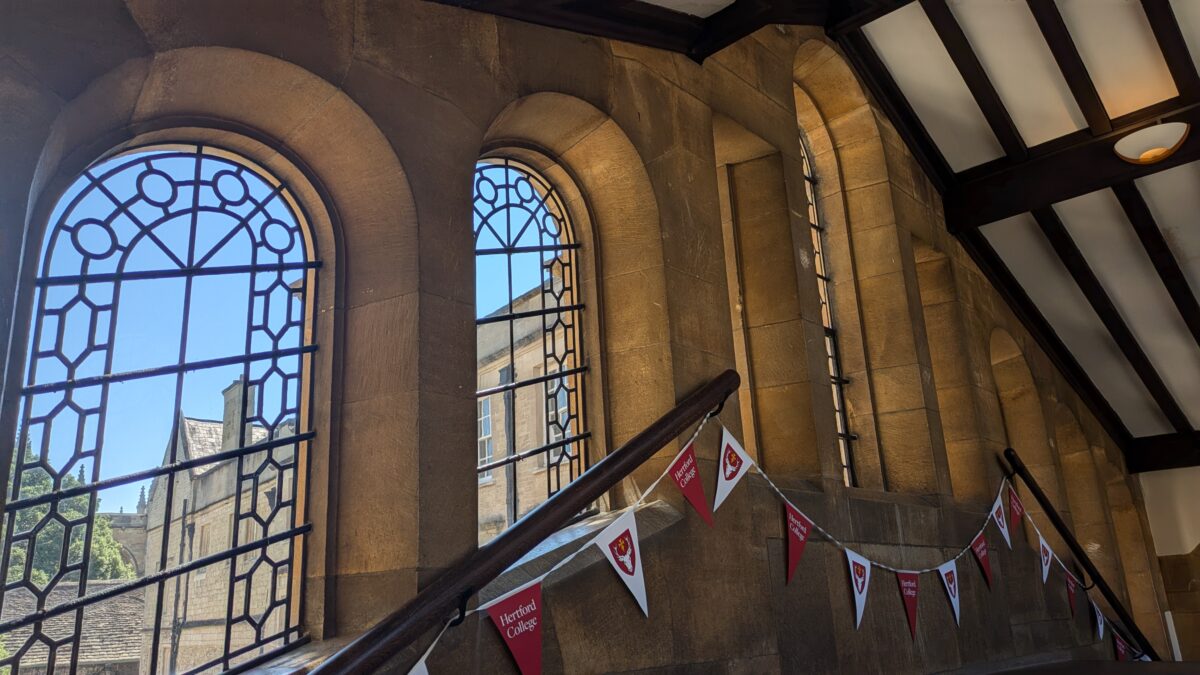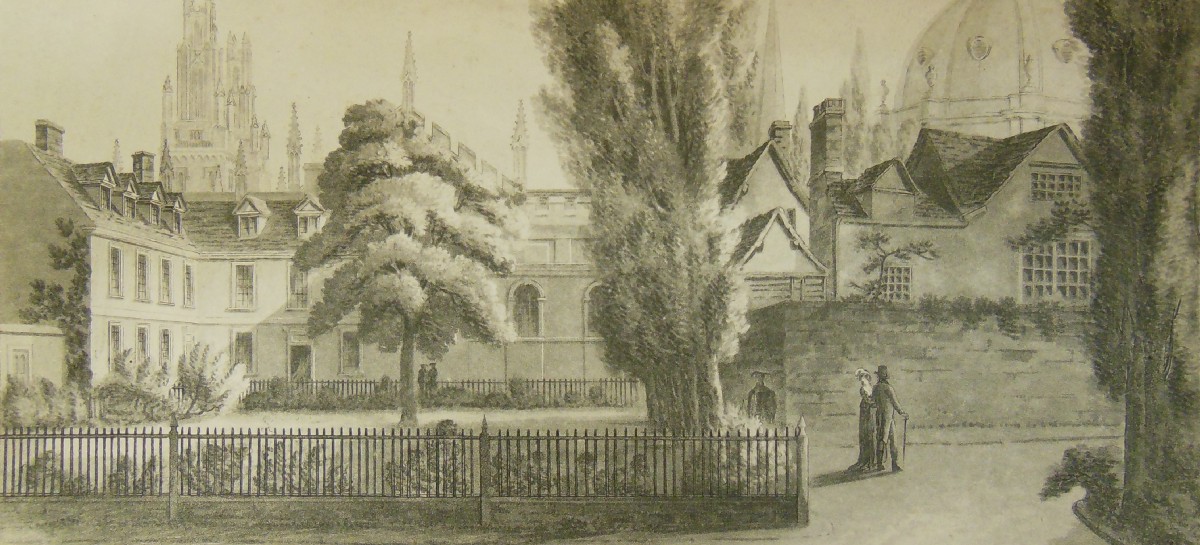In July 2024 two pupils from local schools spent a week working with the Hertford Library and Archives team. The team enjoyed welcoming the pupils, introducing them to how libraries and archives work and their enthusiasm for the library’s summer stock check and the special collections digitisation projects! The placements were organised through the College’s […]


